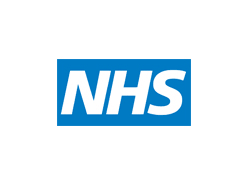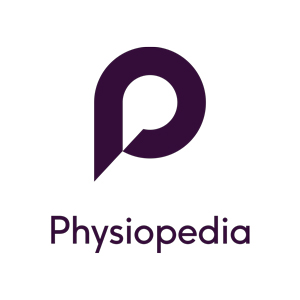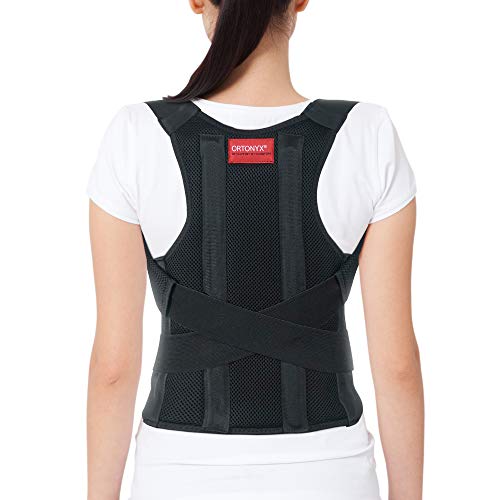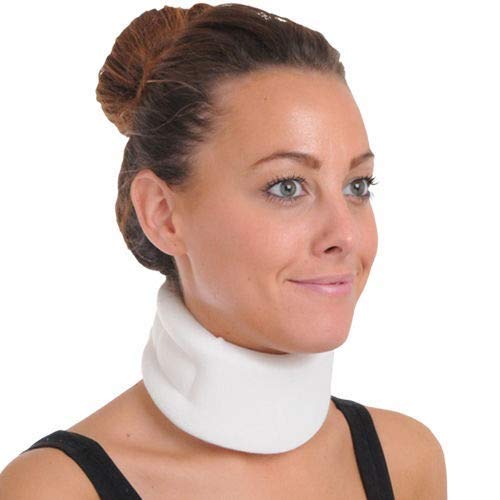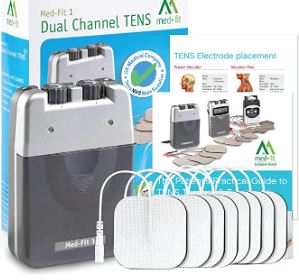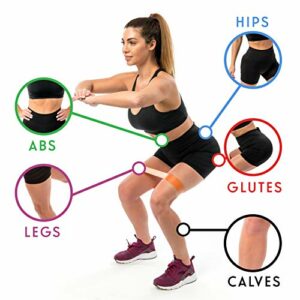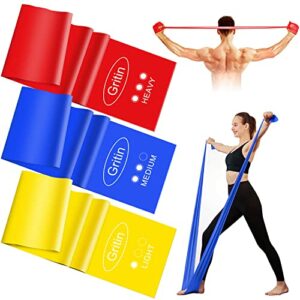Osteoporosis & spinal fractures
Osteoporosis
Osteoporosis

Everything you need to know about Osteoporosis

How to assess fracture risk FRAX
Exercises for your back

Beginners core workout

Hip strengthening

Spine strength and posture

intermediate core workout

Advanced core workout

8 weight training gym exercises

Low intensity Vibration Therapy
Spinal fractures

Osteoporotic vertebral fractures

6 fracture predictors

The supine sign for Osteoporotic vertebral fractures

Closed fist percussion sign for osteoporotic vertebral fractures

Thoracic and lumbar vertebra
Lumbar compression fractures
Susans story
Recovering from a spinal fracture

Posture


Exercises not to do

Osteoporosis exercises

Brenda’s story

Should you wear a back brace?

How to fit a back brace
Posture corrector
Posture correctors are used to relieve pain and aid skeletal alignment. It is important to understand that persistent use of these aids has been shown to decondition your muscles. These aids must be used as part of a rehabilitation program, likely involving strengthening. It is often very difficult to get a correct fit with these devices, there may be initial discomfort, but please consider returning your item if you feel it is providing problems and discomfort. Your tolerance to the device will grow , so wear it 2 hours more each day.
There are many conditions which benefit from a posture corrector:
- Osteoporosis
- Scoliosis and kyphosis
- Postural dysfunction
- Heavy chest
- Spinal nerve irritation
- Arthritis
- Thoracic outlet syndrome
- and many more
TENS Transcutaneous Electrical Stimulation
A TENS machine is a small, battery-operated device that has leads connected to sticky pads called electrodes. You attach the pads directly to your skin. When the machine is switched on, small electrical impulses are delivered to the affected area of your body, which you feel as a tingling sensation.
The electrical impulses can reduce the pain signals going to the spinal cord and brain, which may help relieve pain and relax muscles. They may also stimulate the production of endorphins, which are the body’s natural painkillers.
(28.01.23 https://www.nhs.uk/conditions/transcutaneous-electrical-nerve-stimulation-tens/)/
2. peripheral neuropathy
3. pregnancy delivery
Resistance bands
Resistance bands are very useful in managing joint problems. Used for weeks on end to aid healing, or can be use during activity.
Conditions that often require a resistance bands:
1. Joint instability
2. Post operative joints
3. Arthritis
4. Deconditioned muscles
Click the icon to view resistance bands.
Posture corrector
Posture correctors are used to relieve pain and aid skeletal alignment. It is important to understand that persistent use of these aids has been shown to decondition your muscles. These aids must be used as part of a rehabilitation program, likely involving strengthening. It is often very difficult to get a correct fit with these devices, there may be initial discomfort, but please consider returning your item if you feel it is providing problems and discomfort. Your tolerance to the device will grow , so wear it 2 hours more each day.
There are many conditions which benefit from a posture corrector:
- Osteoporosis
- Scoliosis and kyphosis
- Postural dysfunction
- Heavy chest
- Spinal nerve irritation
- Arthritis
- Thoracic outlet syndrome
- and many more

